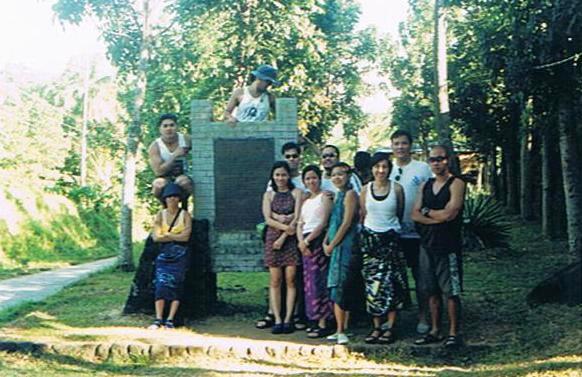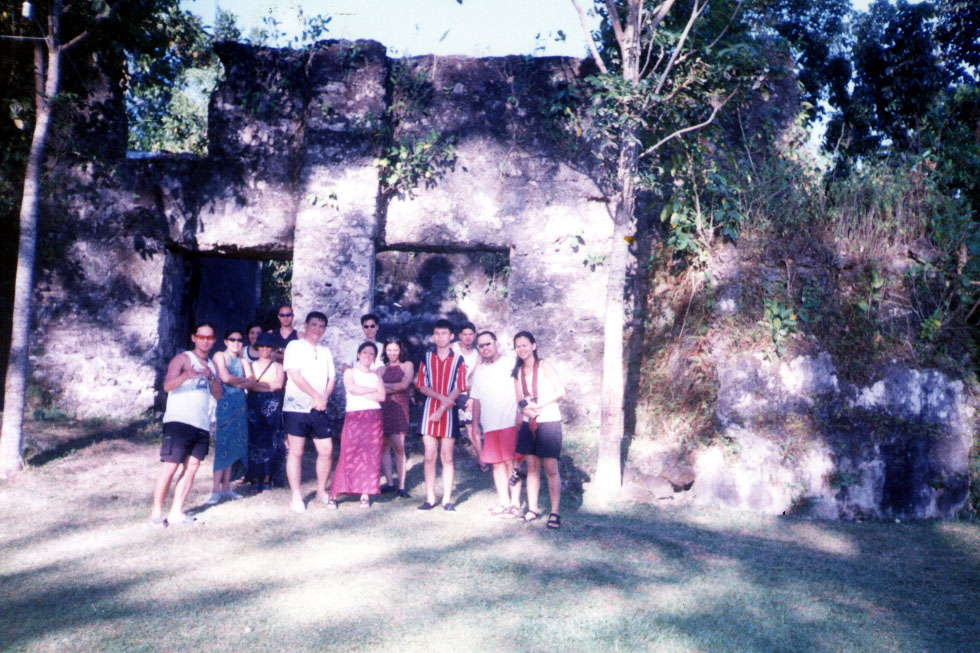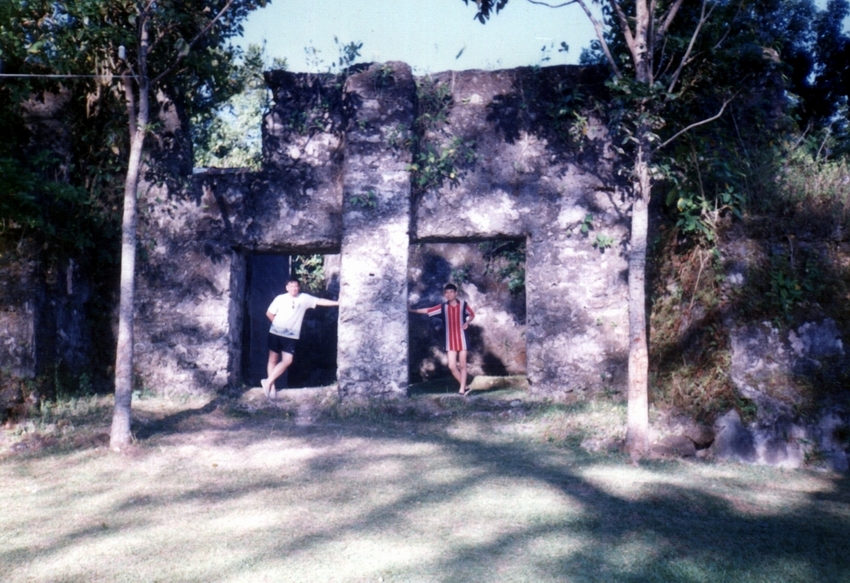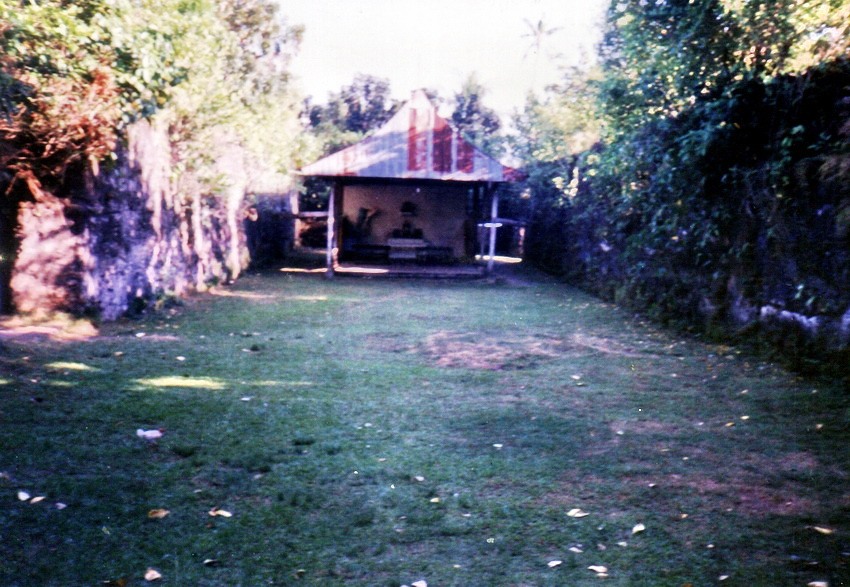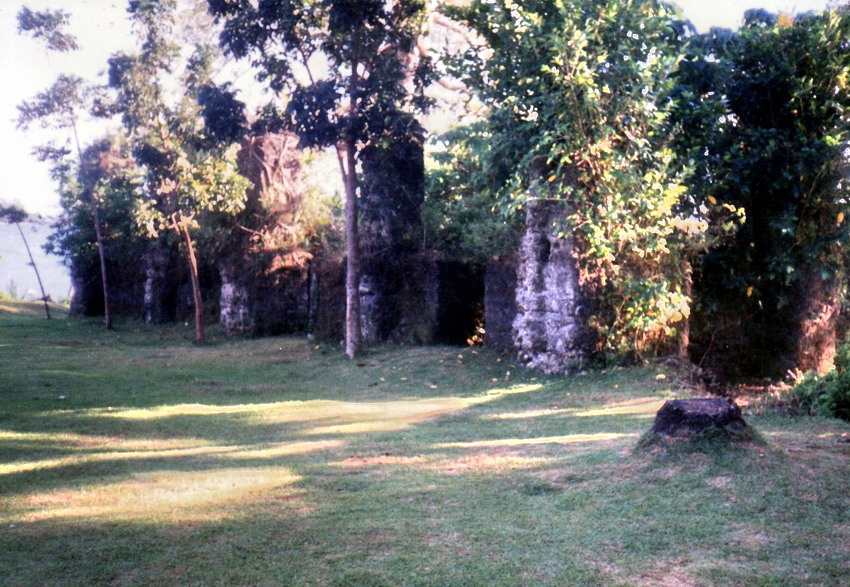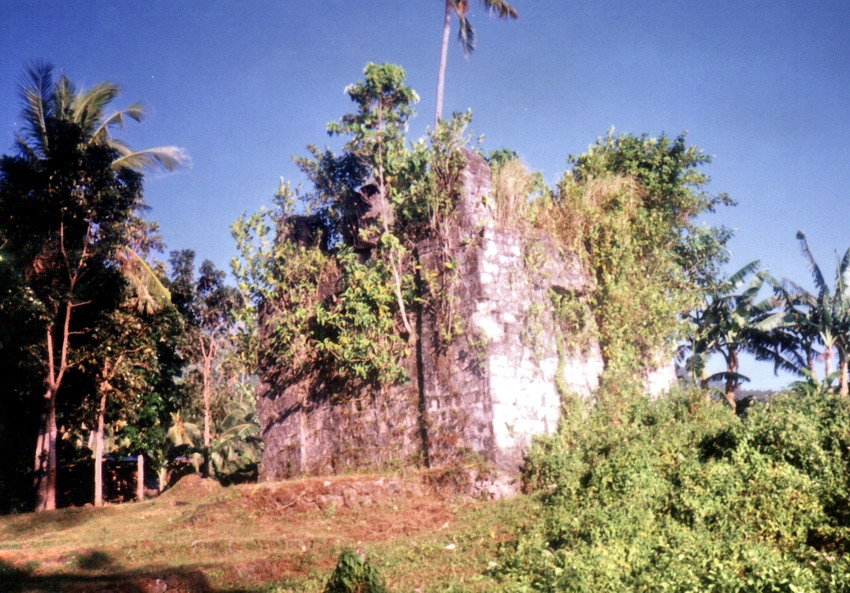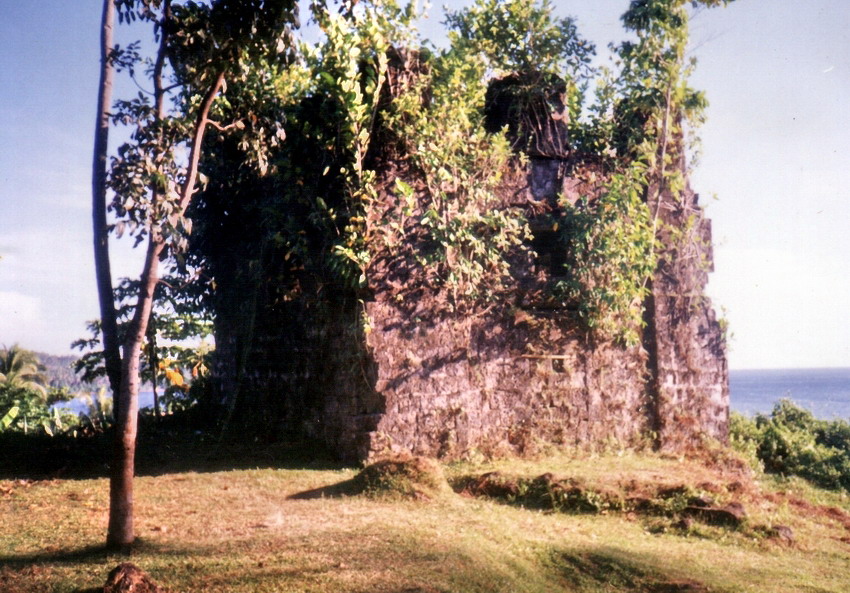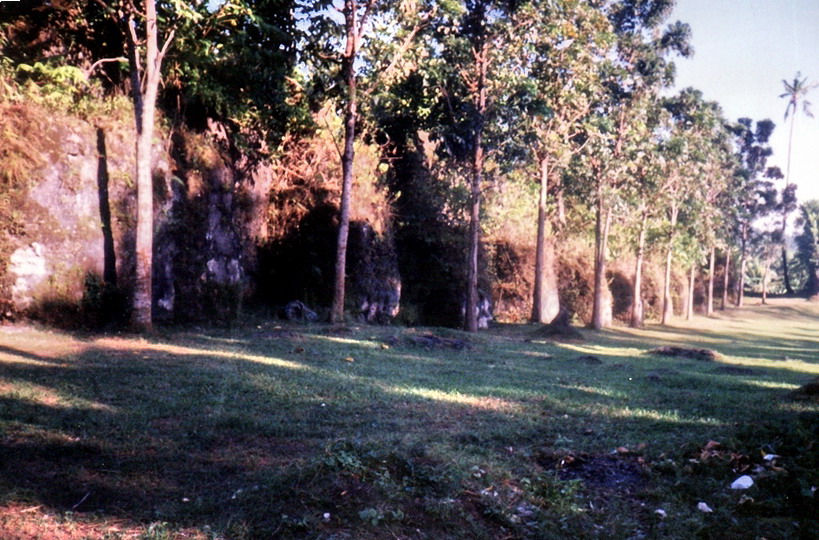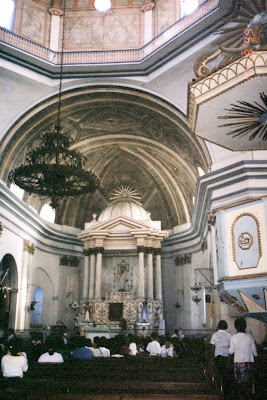From the Cathedral of St. John the Evangelist, we were driven, upriver from the city center, to the bank of the Naga River where we visited the Old Shrine of Our Lady of Peñafrancia. This stone church was built in 1753 by Bishop Isidro Arevalo to replace a bamboo and nipa chapel built in 1711. Also known as the Ermita, it was restored and enlarged in 1876 to 1877.
Check out “Cathedral of St. John the Evangelist“
 |
| Old Shrine of Our Lady of Penafrancia |
The shrine has a charming facade decorated with Chinese art. Its bell was donated by Don Simon Tuangqui, a wealthy Chinese trader, during its reconstruction in 1864.
 |
| The shrine’s facade |
Here, on 20 September 1924, Monsignor Guglielmo Piani (Apostolic delegate of Pope Pius XI) canonically crowned the Statue of the Blessed Virgin of Peñafrancia as the queen of Bicolandia. The statue was also stolen here on August 15, 1981 under mysterious, unexplained circumstances and was returned, in six separated pieces, on September 5 in Manila.
 |
| The shrine’s altar |




